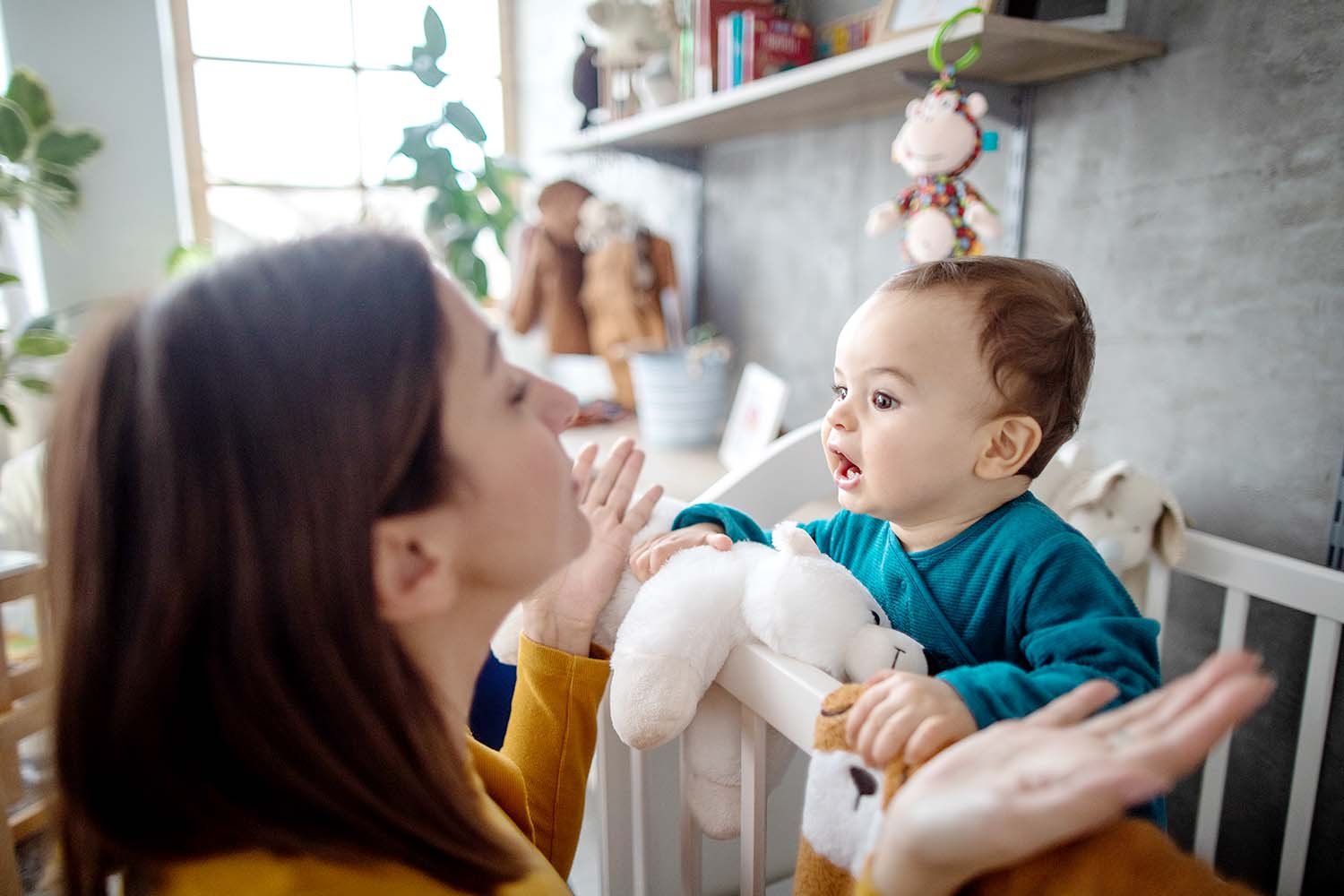Learning Baby Sign Language is Easy and Fun
Baby Sign Language
You may have heard the phrases baby sign language, natural gesture, key-word signing and even Makaton (now Key Word Sign Australia) being used when talking about using sign language to help your child learn how to talk. I use the term key-word signing to mean all of the above. Put simply, key word signing is using a hand sign at the same time as you speak a word and you only sign the key words in a phrase.
When Should I Start?
Although young babies are not able to physically imitate hand signs until they’re older than six months, it’s important to start using signs as early as you’re ready. Just as you don’t wait for a child to start talking before you talk to them, it’s important to expose your baby to hand signs so that they understand what they mean.
Your baby will need to see a hand sign over and over again before they’ll start to imitate it and then use it to tell you what they want.
Getting Started Using Sign Language with Your Baby
Choosing Your First Signs
When first learning to sign with your child it’s best to choose one or two signs that you can use in many situations. Words like “more” and “finished” are great to start with as not only are they easy to learn, but they’re also very powerful words for your child to have at their disposal!
Always Say The Word As You Sign It
When you’re talking with your child, use the sign as you say the word. For children who are learning their first words, simply say and sign “more” when you give them another grape, another ball or another push on the swing. For older children who are beginning to combine words, use short phrases but still only sign the key words “want some more?”, signing more as you say the word.
Get the Whole Family Involved
It’s also important to get all of the family involved because the more times your child sees the sign being used, the quicker they will learn it too.
Choosing More Signs
It’s important to choose words that are motivating and functional for your baby or toddler. When you’re starting out choose only about 5 signs. These will be different for everyone depending on what pets you have, who lives with you, what your regular activities are etc.
It’s also important to select not only naming words, but also actions, describing words and words for people. Using a range of word types with your child is integral as the ultimate goal is to start helping them put words together into short sentences. If your child has only naming words they won’t be able to construct sentences. For example, “apple car” doesn’t make sense, however “big car”, “dirty car”, “mummy’s car” are all meaningful two word phrases.
Once you and you’re child have mastered these signs, gradually add more to your repertoire.
Learning the Signs
Learning the signs is easy and fun. Any sign that you would like to learn is demonstrated for you on the Auslan Signbank at www.auslan.org.au.
These are the signs used by the deaf community in Australia and are also the same as those used in Makaton.
I’ve included video demonstrations of the most important 40 key word signs in the Talkable app.
Keep It Fun
Teaching your baby key word signs should be fun – both for you and your bub. Don’t try to test or force your child to use a sign, instead use signs all the time – when you play, when you eat, when you share books, when you sing, when you explore outside.
If your child’s having fun, they‘ll be engaged in what you’re doing and they’ll be learning.
Be patient, those signs will come. And what a magical moment it is when they share that first sign with you!
Give It A Go
Initially you may feel a little silly signing with your child, but remember it’s no different to waving goodbye, giving a high-five or blowing someone a kiss. Over time, and as your child begins to sign back, using key word signs will become part of your natural communication.














